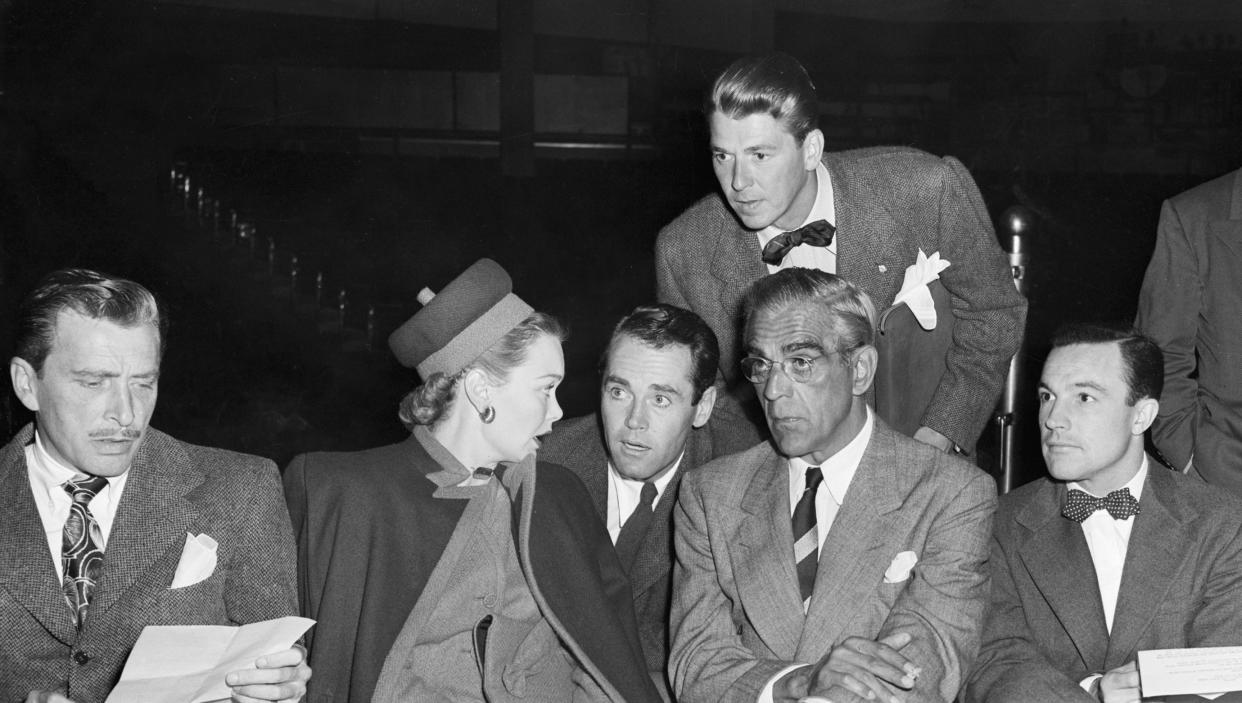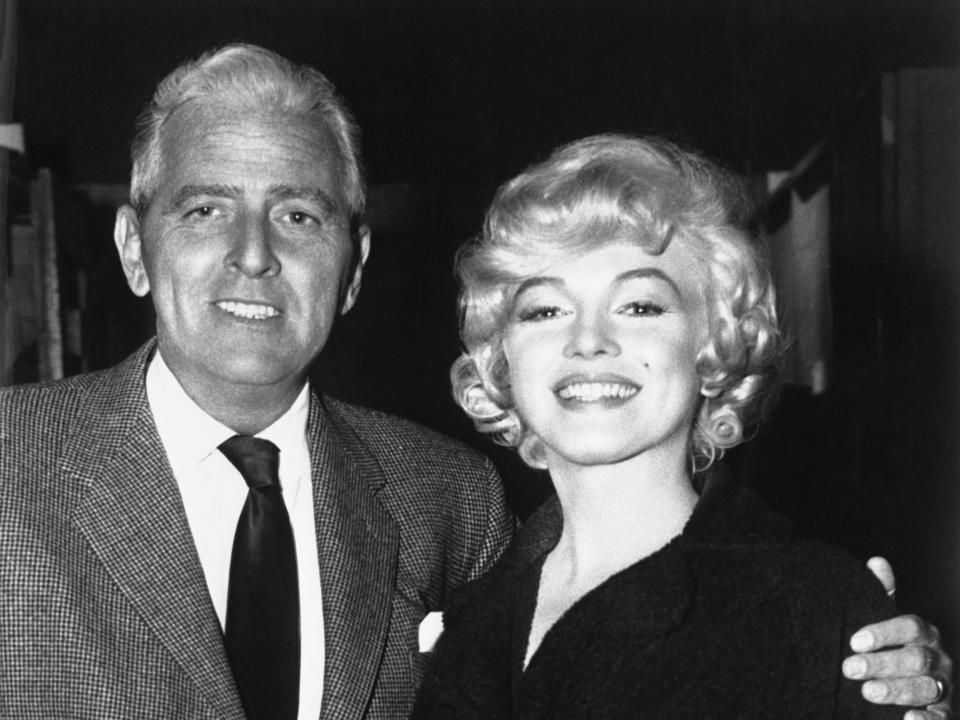Hollywood's writers and actors are on strike together. That's only happened once before, 63 years ago— here's how it went down then

- Oops!Something went wrong.Please try again later.
On Thursday, the national board for SAG-AFTRA (the actors union) voted to call a strike.
The work stoppage comes as the Writers Guild of America (WGA) has been on strike since May.
Here's what happened the last time the two unions were on strike at the same time, and what they won.
The national board for SAG-AFTRA (the Screen Actors' Guild-American Federation of Television and Radio Artists) voted on Thursday to order a strike — the first time actors have participated in a work stoppage since 1980.
SAG-AFTRA's decision to strike after their contract with the AMPTP (American Motion Picture and Television Producers, representing various Hollywood production companies and studios) expired on Wednesday comes as the Writers Guild of America (WGA) continues to withhold labor after calling a strike in early May.
While the demands of both SAG-AFTRA and WGA are historic (the unions are concerned about wages, residual pay, and rapidly-developing AI technology, among other issues), this isn't the first time the two unions have been on strike together.
Here's what happened the last time SAG and WGA both withheld their labor at the same time —back in 1960.
Much like the current work stoppage, the WGA went on strike first
The guild went on strike on January 16, 1960. At that time, the writers were also concerned about residual payments. In today's media landscape, residuals tend to be paid out when a writer or actor's work appears on a streaming service. But back in 1960, writers were concerned about their work being shown on television or via television reruns without payment to the creatives behind said projects.
Several months later, on March 7, 1960, SAG members — led by guild president Ronald Reagan — walked off the job as well. Reagan had reportedly tried to negotiate with producers over residuals for actors, but a lack of progress led Reagan to call for a strike-authorization vote in February.
Just a few weeks later, the industry's first double strike was underway.

The strike ended in April 1960 for SAG, and in June for the WGA
According to SAG-AFTRA's website, the work stoppage concluded after the Guild "agreed to forego residual payments on films made prior to 1960," instead receiving residuals for films made starting in 1960 and thereafter. Even though actors didn't end up winning residuals for their prior films, producers agreed to make a one-time payment of $2.25 million to the Guild, which was subsequently used for health insurance and a pension plan.
The writers ended their strike on June 12, 1960. Per the WGA's website, wins from the 1960 strike included "the first residuals for theatrical motion pictures, paying 1.2% of the license fee when features were licensed to television; an independent pension plan; and a 4% residual for television reruns, domestic and foreign." The WGA was also able to win a pension fund and the right to participate in an "industry health insurance plan."
As actor and writer Wayne Federman noted in his 2011 Atlantic article about the first SAG strike, some stars, including Mickey Rooney and Bob Hope, criticized Reagan for not holding out for residuals for past films. But Federman pointed out that the SAG's win in 1960 has made it possible for actors to continue receiving residuals for projects — a historic win that's only become more important as streaming services continue to dominate the industry.
Read the original article on Insider

